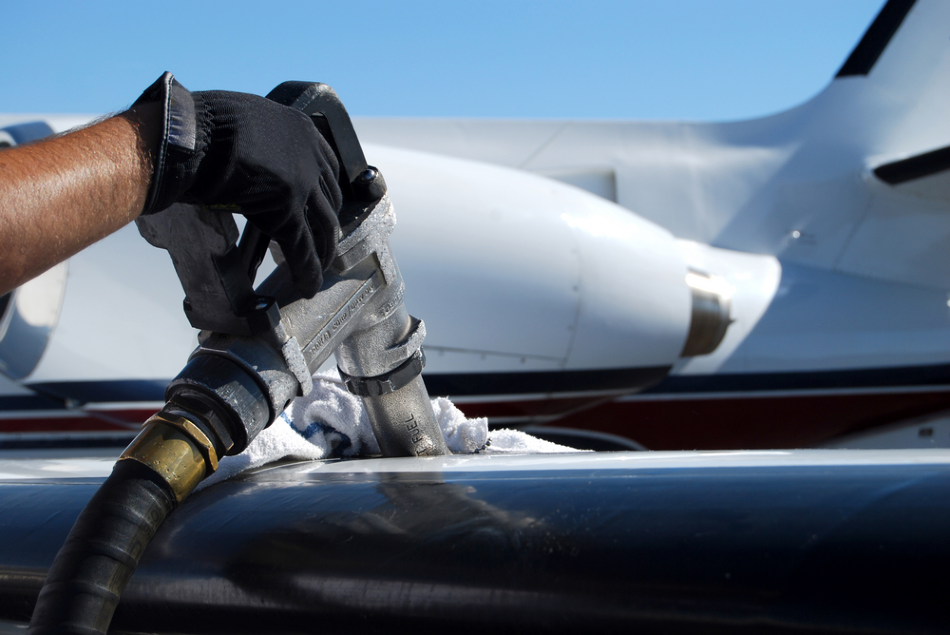The category of a fluid jet is strongly influenced by the collapse of the jet close to the nozzle. This event is also referred to as primary collapse.

Image Credit: Shutterstock/Isaiah Shook
Different numerical, theoretical, and experimental investigations about primary collapse have been conducted internationally in the past based on this concept.
The mechanisms of the collapse have not been adequately explained despite the studies available, particularly under the conditions found in diesel engines.
This lack of understanding is a result of the lack of verified data concerning the size, velocity, and form of the fragments in liquid jets.
The spatial resolutions that have been attained in modern literature are too small in order to visualize the smallest of fluid structures, but there are solutions that can benefit the situation.
New Double-Pulse Backlight Microscope
The Institute of Heat and Mass Transfer (WSA) of the RWTH Aachen University has recently produced a new double-pulse backlight microscope [1].
The images that have been taken with this measurement technique provide information about primary fluid structures with an extraordinary resolution that has not been achieved as yet.
.jpg)
The double-pulse back illumination microscopy acquires photographic images of the location of interest of the primary collapse, with strong spatial resolution and simultaneously provides low motion blur at two seperate times throughout the injection.
Along with different settings, this is provided with the use of a pulsed source of light (CAVILUX Smart by the organization Cavitar Ltd.). The light source generates the two short light pulses with a pulse duration of 10 ns and within a short time frame (1 μs).
The light is incoherent and monochromatic which is a key benefit in microscopic imaging. The microscopic optic in its present state of development can visualize the location of the primary collapse of diesel jets with 600 nm/pixel and a spatial resolution of 2 μm.
Based on the double images acquired, the velocity can be measured along with the form and size. The amount of primary fluid structures can also be discerned with efficient tools of analysis.
References and Further Reading
[1] Reddemann, M. A., Mathieu, F., Kneer, R. (2013) Transmitted light microscopy for visualizing the turbulent primary breakup of a microscale liquid jet, Experiments Fluids, 54(11).
Acknowledgments
Produced from materials originally authored by Prof. Dr.-Ing. Reinhold Kneer from RWTH Aachen University, Institute of Heat and Mass Transfer.

This information has been sourced, reviewed and adapted from materials provided by Cavitar.
For more information on this source, please visit Cavitar.